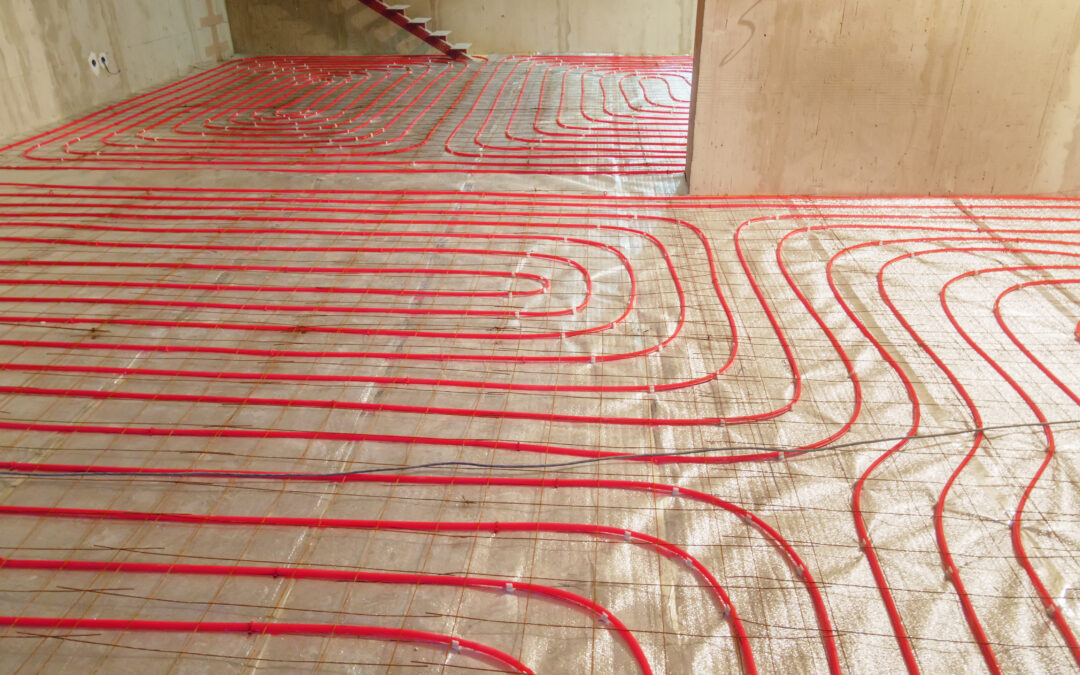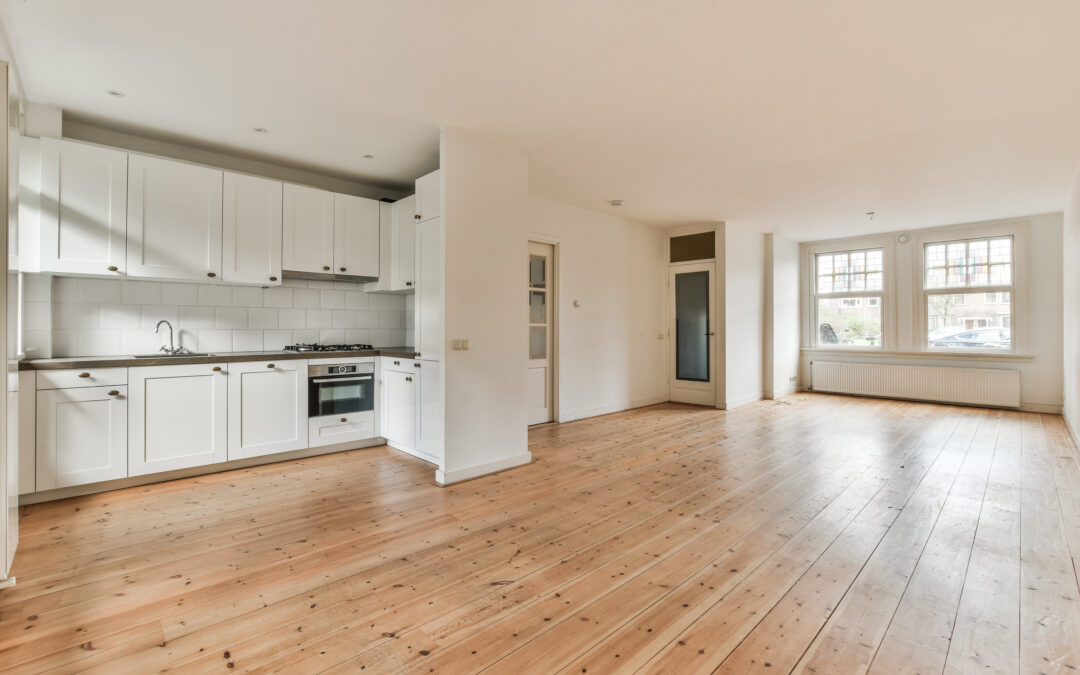Spills are a common part of everyday life, whether it’s a drink that the kids have dropped or you’re cooking dinner. Spills, slops, and drips are a part of life; however, these innocent-seeming accidents can cause damage to flooring over time.
Most spills and drips are nothing to worry about, though there are a few that can cause a stain on flooring. Nothing is worse than having new flooring and it becoming stained.
We’ve created this guide to help you clean up some of the most common spills on laminate, vinyl, solid wood, and engineered wood flooring.
How to Remove Ink Stains
Start by using a paper towel or cloth, as fast as you can, to soak up the liquid. Don’t rub or spread any of the liquid around, as this will worsen the affected flooring.
If there are still ink stains on a non-oiled solid wood floor, apply a few drops of surgical spirit to a cloth and gently rub away the stain. Don’t use too much, as this could cause the floor to bleach.
For laminate and vinyl flooring, spray some hairspray (only a small amount) onto a kitchen towel and wipe the floor. Repeat the process if necessary. This is a less abrasive method and is great for flooring that has plastic sealing on the top, such as laminate or vinyl flooring.
Bleach Spills
Bleach can be damaging to floors, though it depends on the type of bleach. Gel-based bleach, for instance, has a lower amount of bleach in the formula, and it will not stain as quickly as thinner liquid bleach products. However, chlorine bleach is much more powerful and can quickly dissolve flooring, causing stains and dents.
How to Clean Up a Bleach Spill
Take a damp cloth or mop and wipe down the surface area. Remember to wear gloves, as bleach is a hazardous material that causes harm to your skin.
If the stain remains, you may have a problem, depending on the type of flooring. If you have vinyl or laminate flooring, you may find it challenging to remove the stain. So, you may need to consider a new tile or plank to replace the damaged flooring.
For solid wood floors, you may need to consider sanding down the bleach stain. Once the stain is removed, use the right sealant and varnish on the wood.
Red Wine
Wine is another common liquid that can leave stains behind. There are many ways to clean up a red wine stain but no matter which method you choose; the key is to clean it up quickly. The wine contains plenty of pigmentation that can easily soak into flooring and leave a bad stain.
How to Remove Red Wine Stains
Apply a little soda water to the affected area. This may seem strange to be adding to the spill; however, the carbonation in the soda water easily dissolves the red color in the wine and keeps it from staining. After 30 seconds of soaking, take plenty of paper towels and soak up all the liquid. Be careful and avoid rubbing the wine into the flooring.
If the spill has been sitting for some time, soda water alone may not be effective at removing the stain. In that case, it may be best to call a specialist to professionally remove the red wine stain from the flooring.
Paint
Painting a room can be fun and exciting! It’s a bit like getting a new room! However, it’s easy to drop bits of paint in different places or even splatter it by accident. The worst spill is turning over an entire can of paint.
Paint is thick and should be cleaned up right away. However, some types of paint are fast-drying and contain high amounts of pigmentation that can quickly stain a floor.
How to Remove Paint Stains from the Floor
Start out by determining the type of paint that’s been spilled:
Oil paint: if the paint is oil-based, it’s usually necessary to use chemicals. The best thing is to quickly wipe the surface with a damp cloth and allow it to dry naturally. Once the floor is dry, begin to sand some of the paint to strip it back. It may also be necessary to use a little paint stripper to get the stain up. Remove any excess by rubbing the surface with mineral spirits. This method is safe to use on hardwood and vinyl floors.
Latex paint: wipe up as much of the paint as possible. Avoid scrubbing the paint as it will cause additional damage. Scrape as much of the dried paint off as you can, using a putty knife but taking care to avoid scratching the surface. Soak the area with a mixture of water and dish soap. After a few minutes, scrub to remove the dried paint. If this doesn’t work, use mineral spirits or alcohol to remove the excess.
Nail Polish
If you spill nail polish on hardwood flooring, you may be tempted to get a towel and wipe it up right away. However, this can rub the color into the grain of the wood, making it hard to remove. Instead, allow the nail polish to dry completely before starting to clean it up.
Scrape up the hardened polish with a plastic putty knife. Take a paper towel and spray the affected area with hair spray. This helps to lift the color out of the floor, and then you can wipe the color away.
High Pigment Spice: Curry Spice
Cooking in the kitchen can sometimes lead to accidental spills of food, such as high-pigment spices, such as curry. These can easily stain flooring, so it’s essential to remove the spice stains quickly.
How to Remove Curry Stains
Use a damp cloth and wipe up the spill. Then use two tablespoons of bicarbonate of soda and dilute it with one part water and one part vinegar to make a thick paste. Apply the paste to the stain and gently rub it away. Next, wipe the surface with a clean cloth. Repeat the process if necessary.
Summing It Up
Spills are a normal part of our daily lives; however, some spills can lead to stains on flooring. So, it’s important to know how to clean up stains correctly.
If you’re ever in doubt about how to clean up a stain, be sure to reach out to a professional flooring company. They can provide you with the right information about how to clean up various stains on all types of flooring.



